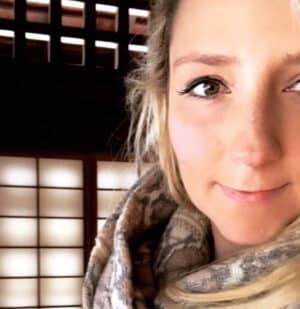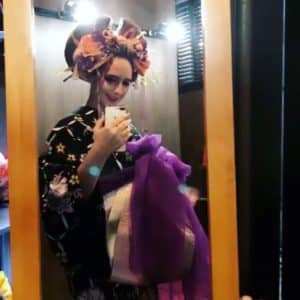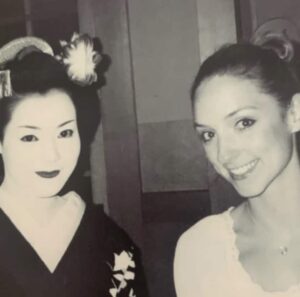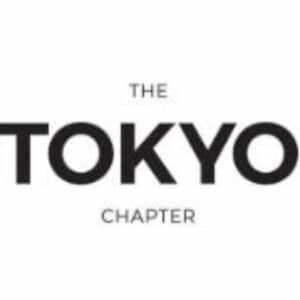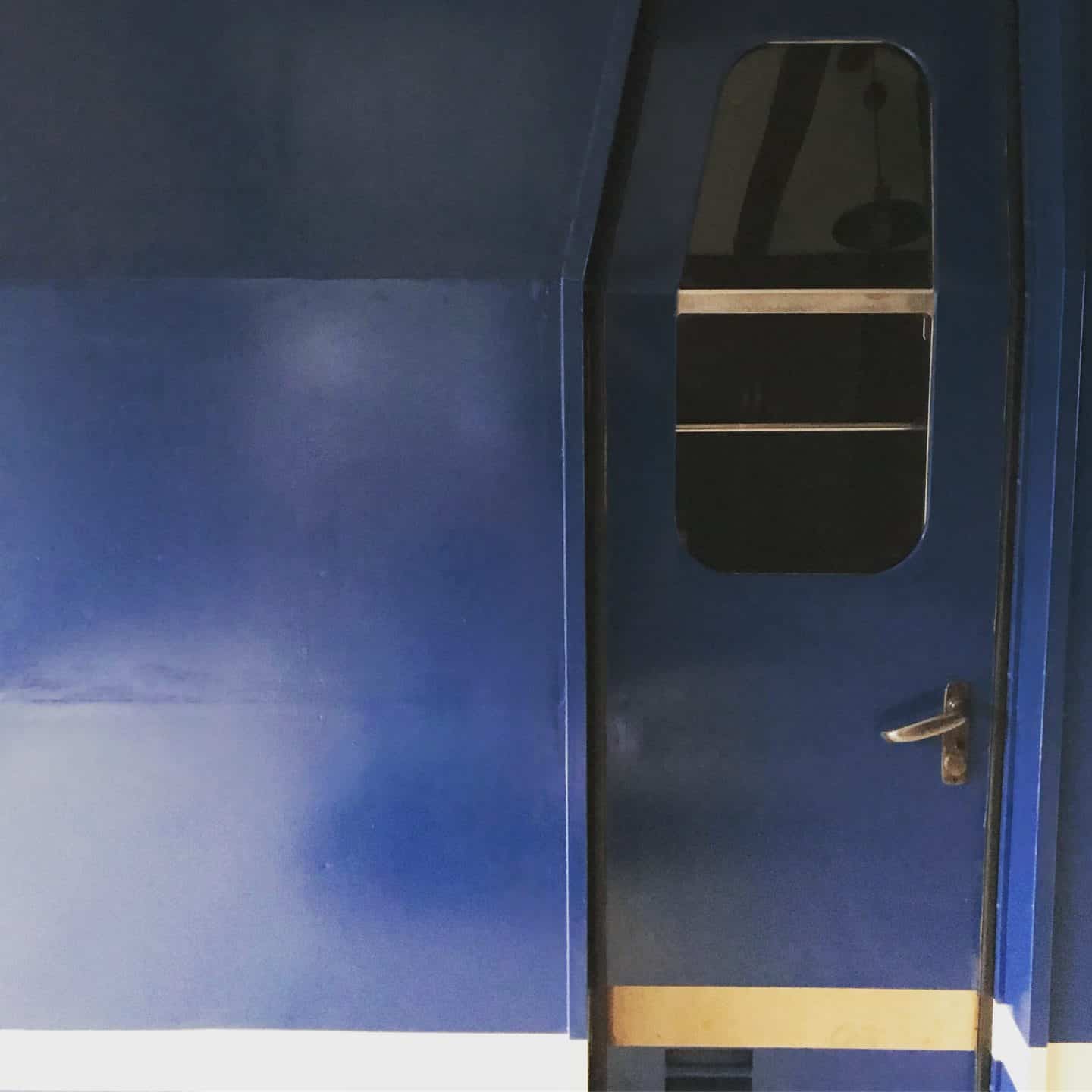
For those concerned about peak hour and rush hour on trains in Japan – I thought I would elaborate here as, understandably, many first timers in Japan (and, especially first timers in Japan with kids) are concerned.
The good news is, even in the centre of Tokyo or Osaka, it is rarely as bad as those videos you’ve seen online. Also, in my experience, it’s other tourists who like to hype up the “we couldn’t even move!” stories – I think it makes people feel like they have lived through a wild experience – forgetting that they aren’t always building stories on complete truth or off a once off train trip on the way back from a crowded special event etc.
Also please do keep in mind that Japan is a very safe and clean country so the idea of being squished into a busier train is not as horrible as you may actually be imagining – in fact, as I speak about in my article here on Train Etiquette, the trains are very quiet and orderly – even at some of the busiest times.
Please, please remember that, although busy, Japanese systems at train stations and for train scheduling are famous for a reason. The processes work and take large volumes of people in to consideration – by design.
When is peak time at train stations in Japan?
I feel that it is so important to note that if you travelled in major cities during peak hour in Japan prior to the pandemic you will notice a significant difference in the volume of commuters as there are now many more office workers who are now working from home. This, by no means, means the trains are underused or anything (!) but there is a significant drop in the “manic” vibes during peak hours.
As I mention in my Tokyo Before 10am blog post, the work day in Japan work day starts much later than many other countries – with many offices not really officially getting their day going until 9:30, 10 or even 10:30am.
This is because the work days and work-related socialising also finishes up late in the evening.
Most department stores (and even some coffee shops) don’t open their doors until 10 or 11am.
For this reason, the “peak” time in the big cities is usually between 8am and 9:30am.
*For smaller towns and cities where office workers need to travel into big cities, such as Tokyo, their commute time will start earlier as the passengers will need to allow for the relevant travel time.
Therefore, the easiest time to navigate a station and get around on the train, as a tourist, is to travel before 7:45am or after 10:30am.
If you must travel during peak times in Japan, here are some ways to avoid the rush, the stress and volume of people (where possible):
– Leave ample time
If you are taking a train or bullet train with a set time (or a pre-booked time) from a busy station such as Tokyo Station, Shinagawa or Shinjuku, I recommend arriving at the station around 45 minutes ahead of time – even more than that if this is your first time. This allows for time to find the platform, toilet breaks as well as time to find the correct carriage on the platform.
-Use Google Maps or Navitime to plan as much as you can before arriving
Make sure you know the exact name of the station you are going to (double check that spelling!) and the line required.
Make sure you know you know if you need to transfer part way through your journey.
Google Maps will even tell you which carriage is most convenient for you and which exit is best in order to get to your destination quickly. If unsure of your destination’s closest train exit – make sure that you check the access section of the place you are visiting as, in Japan, it will almost always say something like “xxxx Station, West Exit B4” etc.
–Be flexible where you can (this also goes hand-in-hand with my first point of leaving Ample Time.
If a train looks to busy, get the next one (this is even possible if you have a booked seat on a bullet train – although you will relinquish your allocated seat – you can always still board the next train by using the non-reserved carriages.)
-Book as many seats on longer-haul or bullet trains as you can
This is not required (or an option for ordinary day-to-day train travel such as subways etc but …) if you must travel during peak hour, then I recommend reserving a seat for everyone in your family (organising either: on the day, a few days prior to travel or, if you feel anxious not reserving before arriving in Japan, you can make use of the Japan Bullet Train website or the SmartEx website -although you really don’t need to do this unless you’re travelling during Golden Week etc.)
There is also another site where you can reserve bullet train tickets online and they have a fully English speaking customer service desk – the site is called Japan Bullet Train. You book everything online (choose your times and you can put in a request for the exact seats you would like) and they send you a QR code to be scanned at the Midori No Madoguchi machine at the station in exchange for a ticket! Please note that this service does have a 2000 yen processing fee so please purchase all your tickets in one transaction to save you some cash. You can use this Japan Bullet Train site to book as little as 3-5 hours in advance (ie. you could even book in the morning for a bullet train ride in the evening.)
This means that, regardless of how busy, you will be guaranteed a seat and your own little delegated section of personal space.
-Travel without your luggage where possible
This is not possible 100% of the time but, where possible, I recommend making use of Japan’s reliable and extremely efficient luggage forwarding system.
-Fold up Strollers and use Baby Carriers as much as you can
Although I really don’t advise using strollers during peak hour – if you must- the polite stroller protocol is to fold the stroller prior to boarding the train.
If you want to keep the stroller set up and keep baby inside, then I strongly, strongly encourage travelling outside of the busiest hours of the day.
-Consider taking a local train over an express train
This tip refers to regular trains and subways (not bullet trains). Express or Limited Express services skip more stations and are, therefore, more popular. If time allows, you could take a local train that stops at more stations and therefore have more space and up your chances of getting a seat too.
-It’s making life a little bit more tricky, but you could always avoid the city loop lines
The Yamanote Line in Tokyo is usually the most busy at peak hour – as is the Osaka Kanjo-sen. It is making your travels a bit more of a logistical adventure course by not using these lines (depending on where you’re going, of course) but it is another way you could avoid crowds if you really need to travel at a busy time.
And what about peak train travel times in Japan in the evenings?
As mentioned above, the work day in Japan finishes quite late and train commute times in the evenings are staggered as many people work overtime, attend after work drink get-togethers, go shopping before making their way home etc.
For this reason, there definitely isn’t as much of a “all at one time” rush in the evenings – it is just constant but rarely overcrowded.
If you really, really like to miss out on most of the crowds regardless then travel before 5:30pm.
Please be aware that Friday evenings are always busier for bullet trains with those who are going out of town (especially before a long weekend). The same reasons apply for a Sunday evening too – many people will be returning to the big cities after a weekend away so expect bullet trains and longer haul trains to be busier on a Sunday afternoon after 4pm.
See here for more information on travelling on a bullet train (shinkansen) with kids.

